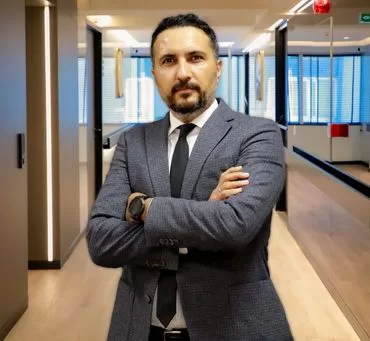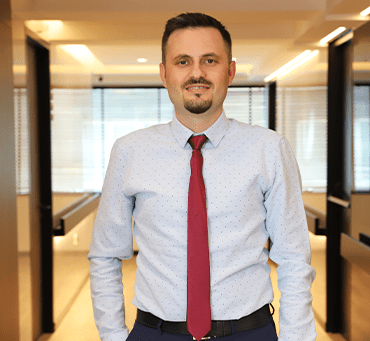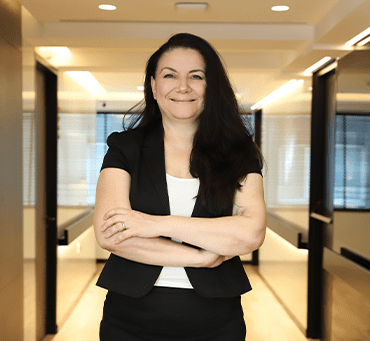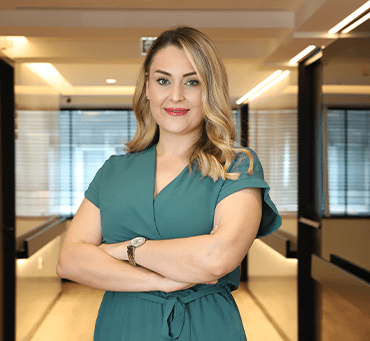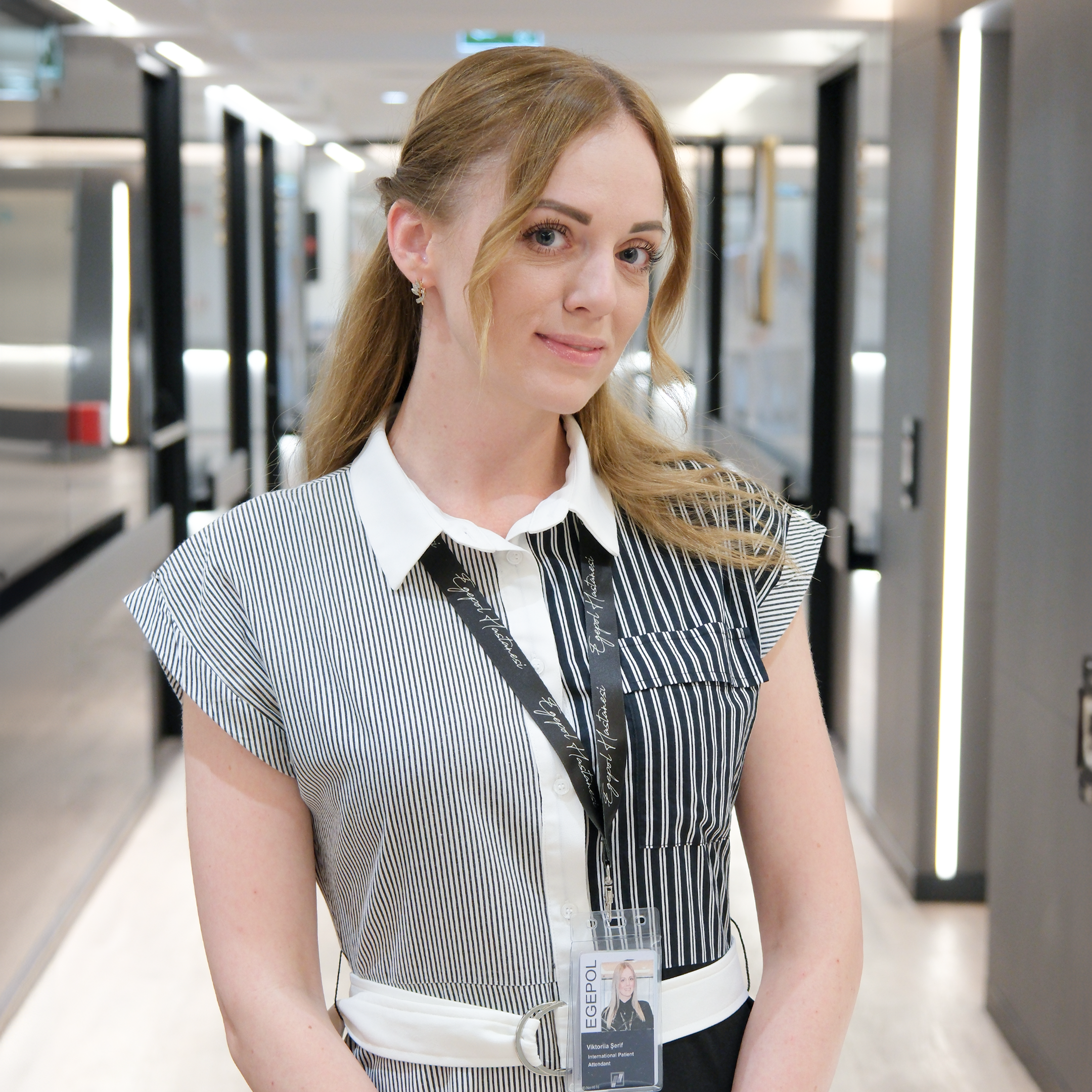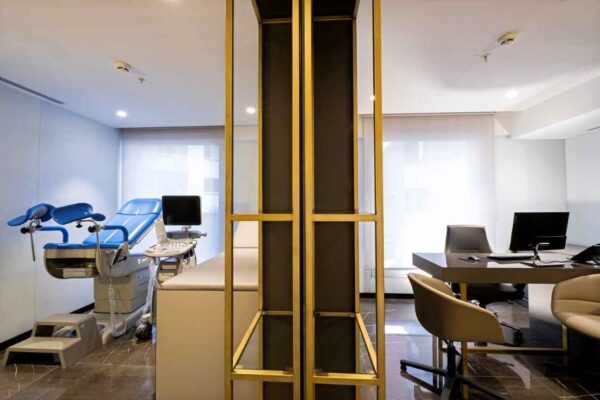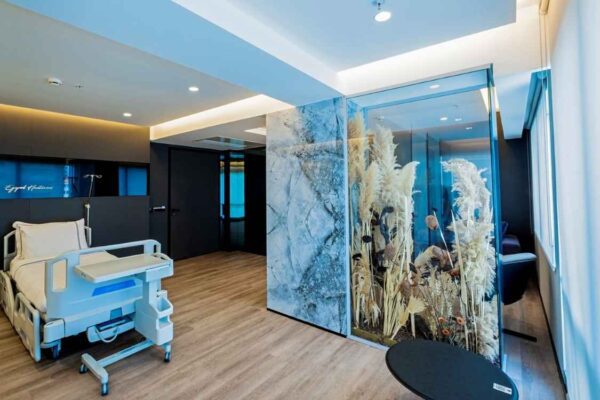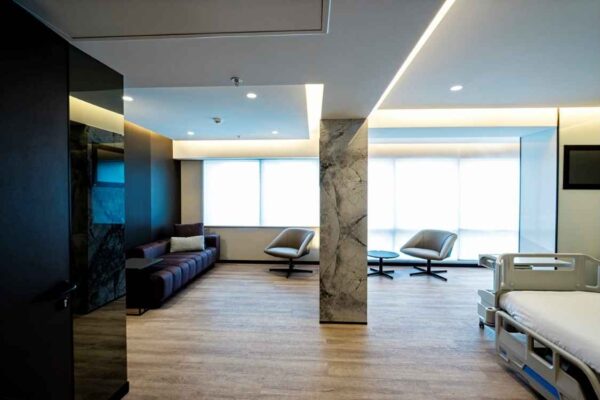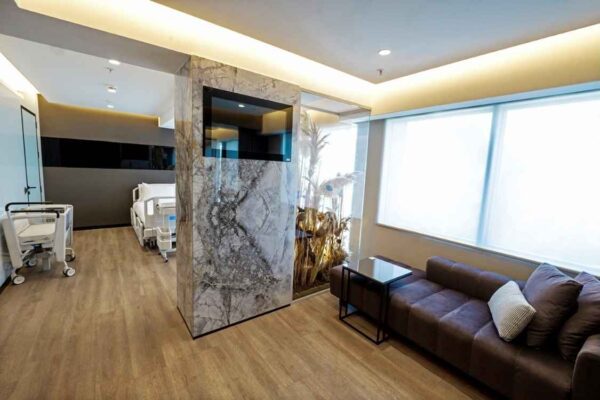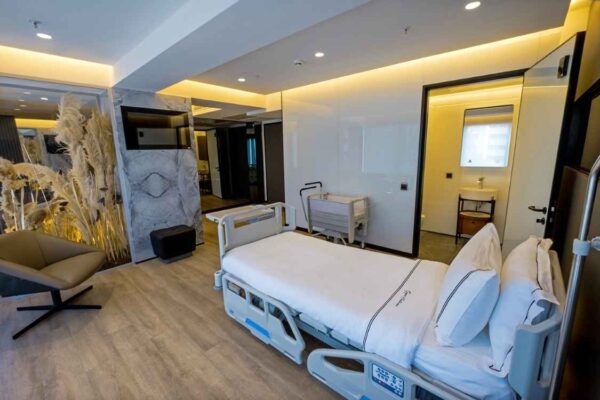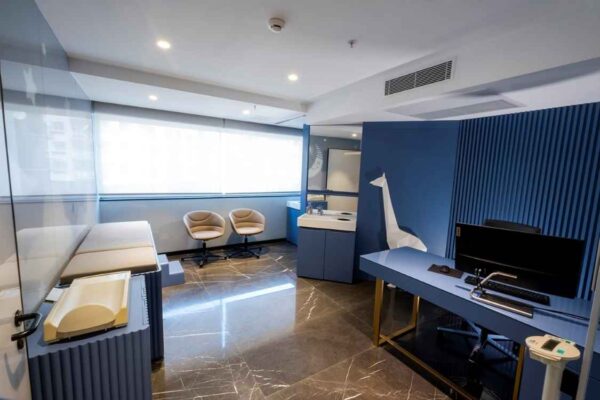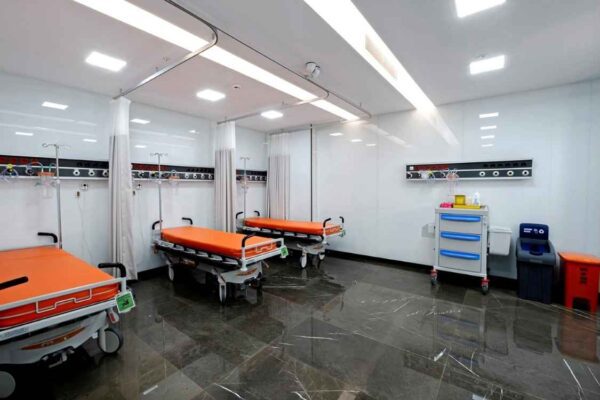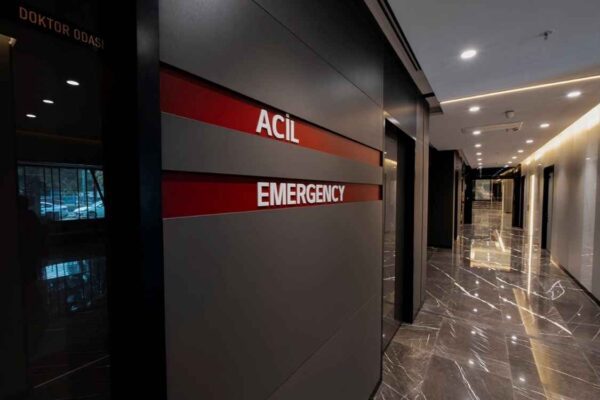Breast enlargement, commonly known as breast augmentation or augmentation mammoplasty, is a transformative cosmetic operation that has grown in popularity and demand among women worldwide. The operation is tailored to those who want to increase their breast volume, acquire a more youthful appearance, or improve their overall body proportions, and it precisely addresses a variety of difficulties linked to breast size and shape.
Breast augmentation provides an individualized approach, allowing patients to select from a variety of breast implant types, sizes, forms, and materials to get their desired outcomes. Breast augmentation can provide women a renewed sense of self-confidence and physical pleasure, whether it’s by replacing lost volume after pregnancy and breastfeeding, addressing breast asymmetry, or simply by achieving a more luscious appearance.
How is Breast Enlargement Performed?
Breast augmentation surgery is a well-established and precisely planned treatment that calls for the skills of an experienced plastic surgeon. The technique is frequently carried out as an outpatient procedure, allowing patients to leave the hospital and go home the same day. The procedure for breast enhancement is outlined by the following steps:
- Incision Placement: The surgeon carefully chooses the best incision site depending on the anatomy of the patient, the kind of breast implants selected, and the intended result. The three main incision locations are transaxillary (in the armpit), periareolar (around the areola), and inframammary (in the crease behind the breast). The technique of incision chosen aims to reduce scarring and guarantee ideal access for implant insertion.
- Implant Placement: Following the incisions, the surgeon makes a pocket either submuscularly (behind the chest muscle) or subglandularly (above the chest muscle and behind the breast tissue). The decision of implant placement is influenced by the patient’s body type, breast anatomy, and implant type. The breast implants are expertly positioned by the surgeon to produce the required volume and a natural appearance.
- Incision Closure: After the breast implants are properly positioned and in place, the incisions are carefully stitched together with sutures, adhesive strips, or surgical tape. In order to minimize scarring and promote optimal healing, the surgeon takes great care to ensure that the incisions are well-closed.
- Recovery: Following the procedure for breast augmentation, patients are closely watched in a recovery area. To give additional comfort, reduce swelling, and support the newly augmented breasts, patients may be required to wear a supportive surgical bra in addition to dressings and bandages on the incision sites.
- Follow-up Care: It’s important to schedule regular follow-up meetings with the surgeon to track the healing process, evaluate the outcomes, and address any issues that may come up during the healing process. Specific post-operative care instructions, such as recommendations on activity limitations, medication use, and wound care, will be given by the surgeon.
What Should Be Considered After Breast Enlargement?
To guarantee a quick recovery and attain the best outcomes after having breast augmentation surgery, patients should adhere to their surgeon’s post-operative care guidelines. Among the most crucial factors are:
- Rest and Recovery: For the body to repair correctly during the early recovery phase, adequate rest is essential. For a few weeks after surgery, patients should refrain from demanding occupations, heavy lifting, and physical exercise.
- Pain Management: Mild discomfort and soreness are frequent side effects of breast augmentation. To treat post-operative discomfort, the surgeon may prescribe painkillers.
- Follow-up Appointments: It’s critical to schedule frequent follow-up consultations with the surgeon to track the healing process, get any sutures removed as necessary, and discuss any issues that may come up.
- Supportive Bra: In order to give the newly augmented breasts more support while they heal, patients may be encouraged to wear a supportive surgical bra.
- Scarring: Incision scars will initially be visible but will over time gradually disappear. To encourage the best possible healing, it is crucial to keep the incision areas out of the sun as much as possible and adhere to the surgeon’s scar care instructions.
FAQs
Depending on the clinic or surgeon, there may be several breast augmentation payment plan alternatives available in Turkey. Numerous respectable clinics provide a variety of payment choices, including cash payments, bank transfers, and credit card payments. During their initial visit, patients are recommended to ask about the accepted payment methods and any accessible financing options.
Insurance does not pay breast enlargement surgery because it is often regarded as an elective cosmetic procedure. Insurance coverage typically cover procedures carried out for aesthetic reasons but not those that are medically required.
Due to a number of circumstances, breast augmentation could be less expensive in Turkey than in certain other nations. Turkey’s lower cost of living and lower operational costs for healthcare facilities help to minimize overall patient costs. The Turkish cosmetic surgery business is highly competitive, which could result in more affordable prices.
Financing solutions may be provided by some Turkish hospitals or medical tourism organizations to help patients pay for their breast augmentation procedures. This could take the shape of finance arrangements, medical loans, or payment plans. Prospective patients should ask their preferred clinic about the terms and circumstances of any available funding alternatives.
In Turkey, there is typically no set age restriction for breast augmentation surgery. Candidates for the operation should, however, be in generally good condition and have reasonable expectations for the results. A complete assessment by the surgeon results in a case-by-case determination of whether surgery is appropriate.
Breast enlargement has dangers and problems, just like any surgical surgery. However, problems are comparatively uncommon when carried out by a board-certified and skilled plastic surgeon. By carefully following pre- and post-operative instructions and selecting a respected and experienced surgeon, patients can lower the likelihood of unfavorable results.
Although breast augmentation is mostly risk-free, all surgical procedures have possible downsides. Infection, hemorrhage, implant rupture, capsular contracture (hardening of the scar tissue surrounding the implant), and changes in nipple or breast feeling are just a few of the potential side effects. Before making a decision, patients must have a full discussion with their physician about the procedure’s advantages and disadvantages.
Our Team
Our Hospital
Atilla, Halide Edip Adıvar St.
No:57, 35270 Konak/İzmir




